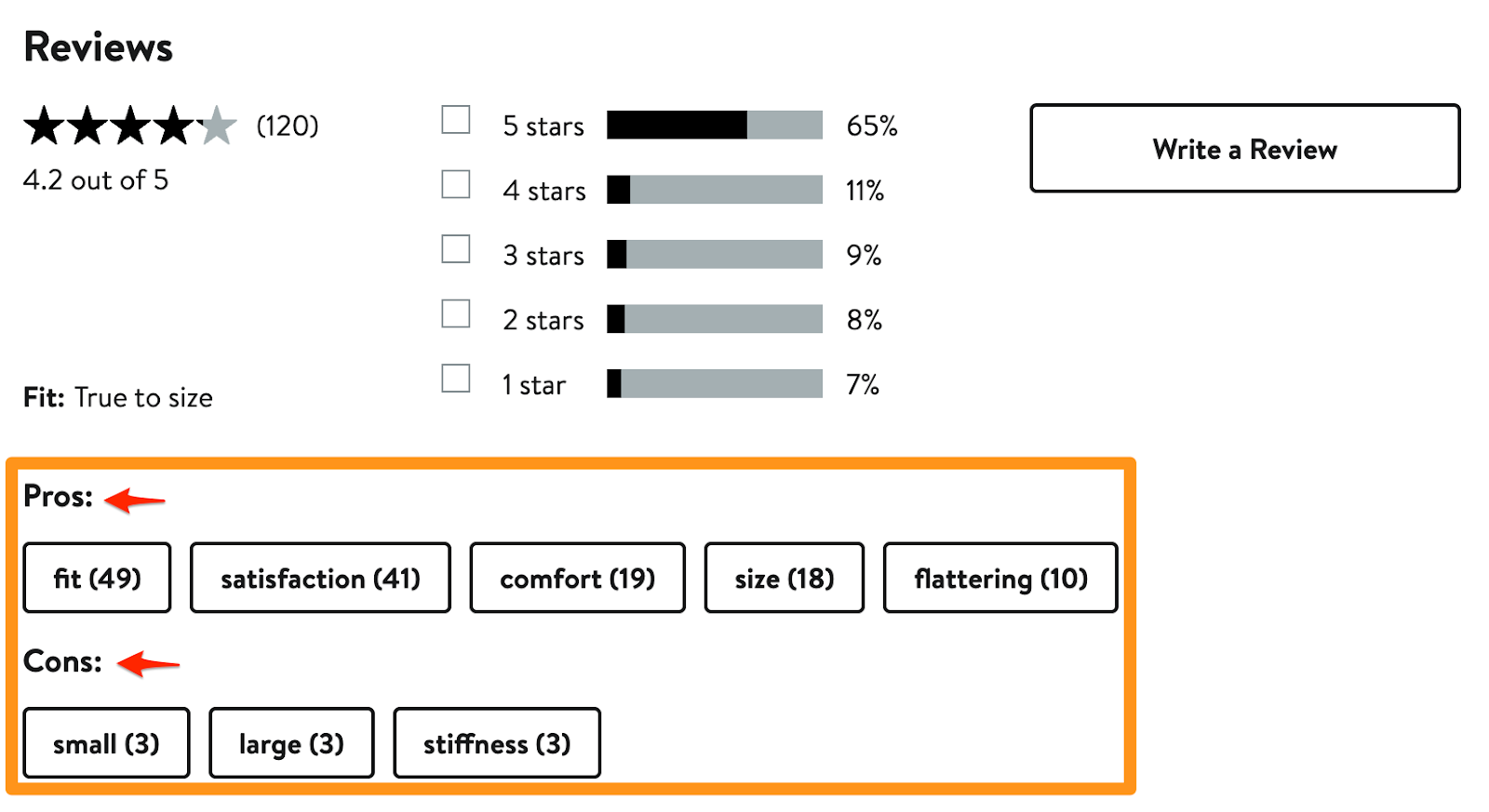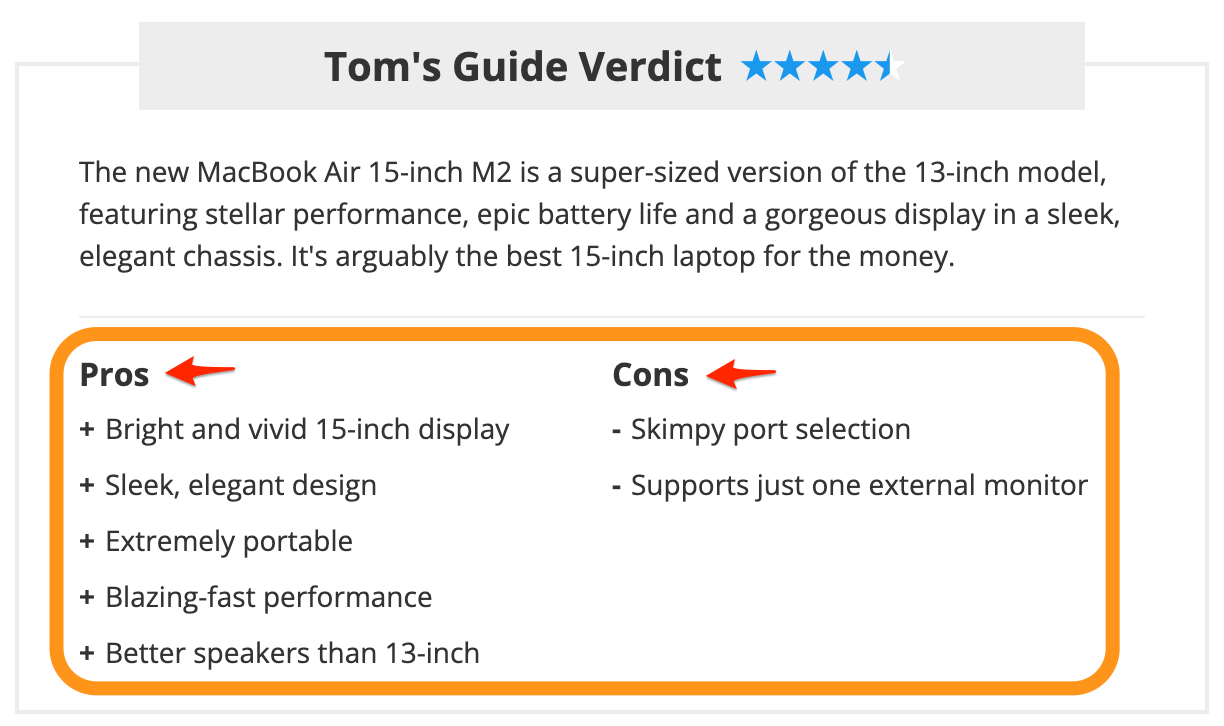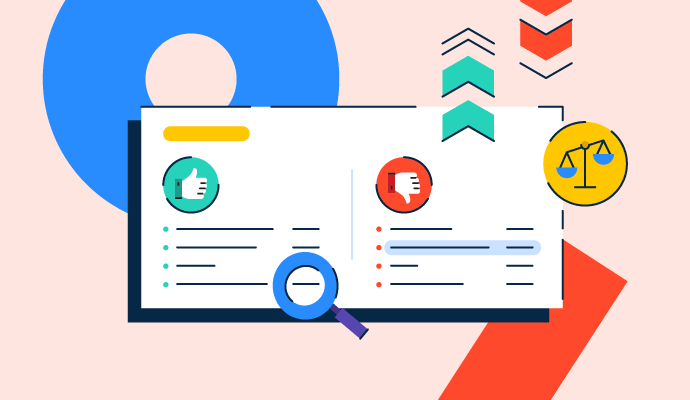Today’s buyers should consider themselves lucky to have so many choices. Or at least that’s what you’d think.
From a logical standpoint, the argument that more choice is better for buyers and consumers makes sense. The more choices available, the more freedom you have to make the right decision.
But as buyers uncover more and more products to solve their problems, overwhelm begins to set in. And with so many products or solutions to choose from, buyers may often ask themselves, “Is this product right for me?”
In this article, we’ll explore how software buying has become more difficult, how buyers navigate a dizzying array of choices, and how G2 aims to help buyers along the way by providing relevant themes to them.
The battle against information overload
A never-ending supply of choices is a double-edged sword. On the one hand, countless brands compete for your attention and create products that ultimately benefit you.
But because there’s so much to choose from, it can be hard to keep track of what sets these products apart based on what’s important to you, and choosing just one becomes a monumental task.
In reality, decision-making becomes harder with excess choice. In 2000, psychologists Sheena Iyengar and Mark Lepper published a groundbreaking paper detailing a study where buyers were more likely to purchase when presented with fewer options. Dubbed the “paradox of choice,” the study also found that buyers with fewer choices were more satisfied with their purchases.
Addressing a complex buying process
Buying software in the ’90s was a much different experience. For example, if you were in the market for cutting-edge CRM software, your best bet was to read trade magazines to find a vendor. It’s even crazier to think that you also had to wait for a physical CD-ROM to arrive in the mail to try it out.
Modern software buyers have a ton of vendors to choose from. Choosing the right solution will also get harder as the B2B software industry continues to grow and proliferate.
On top of balancing their needs, buyers must satisfy a constantly changing list of decision-makers and stakeholders. Not to mention the added pressure of getting results quickly despite longer sales cycles.
Let’s say you’re looking to source a new video conferencing software. Did you know that G2 currently lists over 357 different products and services in this category? If you want to whittle down that list, it’ll take some time.
Why online reviews are so vital
If you’re a music fan, it would take several lifetimes of non-stop listening to hear every recorded song in the world. And as much as artists complain about them, listeners and fans turn to music critics to help discern which new music is worth listening to and which emerging artists they should check out.
Considering the rate at which new music gets released and the unlimited choice offered by streaming services, music fans have to pick and choose. Music enjoyment is subjective, but there’s a reason why websites like Rate Your Music, Album of the Year, and the subreddit r/Music are just a small sample of the online communities that aggregate music reviews.
From travel to healthcare, dining to software, and countless others, buyers and consumers now rely on reviews to help them in their decision-making process. Because of this, reviews extend far beyond consumer products.
In the case of B2B software, over 84% of buyers rely on reviews to help them in the research and evaluation phases.
When B2B takes inspiration from B2C
Despite reviews being so important, they can also add a layer of complexity to the buying process. For example, the project management category on G2 lists over 435 products and services, tallying a whopping 75k+ reviews across them. Even if you just examine the top 10 on G2, that’s potentially thousands of reviews to comb through.
As any professional marketer will tell you, marketing to consumers versus businesses is very different. However, when creating products that delight users and create value, there’s plenty that B2B can learn from B2C experiences.
Making reviews more digestible
In our research, we examined a variety of online shopping experiences for consumer audiences. Many of these sites offered additional functionality that deepened the value buyers could extract from reviews beyond sorting by ratings.
One big lesson that B2B can learn from B2C is the ability to glean general customer sentiment quickly and concisely.
The following are examples of how some publishers add context to their reviews and tools online retailers offer shoppers to peruse and filter reviews.
Nordstrom

Clothes shopping online can be tough since how an item fits is extremely subjective, and you can’t always try them on in person (kind of like software!). In the above example, Nordstrom includes a method for shoppers to parse through reviews for a popular pair of women’s jeans.
Separated by pros and cons, a shopper could choose to filter reviews based on the provided themes. If you were someone more concerned about comfort than how flattering your jeans look, filtering reviews in this way saves you a ton of time.
You may also notice that “small” and “large” are both cons. This is because users have different needs, and displaying these themes is an important step for prospective buyers to narrow down reviews relevant to them.
Best Buy

One of the top-reviewed televisions on Best Buy includes one from Insignia. This model has nearly 3.4k+ reviews from buyers. On the right-hand side of the reviews section, Best Buy offers a list of themes grouped under pros and cons, similar to the Nordstrom product page.
Again, this is another way for a potential customer to filter reviews based on the themes that matter most – enabling them to make smarter purchase decisions faster.
Tom’s Guide

Some buyers prefer to lean on the insights and hands-on experiences shared by their favorite content creators and online publishers. Tom’s Guide is a popular destination for product reviews where each article goes in-depth on individual products.
Since many online visitors might not read the entire review, the site offers a concise summary and a list of pros and cons to help readers digest the most pertinent information.
Helping buyers and sellers weigh the Pros and Cons
Since reviews remain crucial across product categories and industries, there’s a growing expectation that buyers must be able to find the information they need as quickly as possible.
Pros and cons are a powerful way for buyers to learn about the category and product and delve deeper into themes that are most important to their purchase decisions. They can be a powerful way to filter out the noise and digest reviews in a more productive way.
Coming soon to G2.com: G2 Profiles and product categories will feature Pros and Cons to help buyers distill software reviews into critical insights. And better yet, visitors will be able to filter reviews grouped by contextual themes.
We’ve seen the demand for these easily digestible software attributes, both in qualitative feedback from our buyer audience and in keyword search volumes on popular search engines.
Pros and Cons allow us to capitalize on this need and enable buyers and sellers alike to view specific strengths and weaknesses of products relative to their category. This empowers buyers to find the most relevant reviews to determine which software is right for them that aligns with their unique needs.
Displaying five of each, Pros and Cons are identified for each G2 category based on all reviews within the category from the past 18 months – and will update monthly.
Not only will this concise sentiment help buyers make better decisions, but it will also help sellers more quickly identify their top selling points and areas of opportunity across sales, support, marketing, service, and more.
The journey to meet buyer expectations
In 1931, Frances Taylor submitted an article for The Atlantic titled, “Who Wants My Money?” This piece details her struggles with shopping for retail goods and her dislike of the actual process of buying for herself. The paradox of choice is a relatively new concept, but it’s something consumers and buyers have had to deal with for some time.
As long as we have an excess of choices, we’ll always have to figure out ways to help us evaluate and make our selection. Reviews are a powerful tool for modern buyers, but we’re always implementing new changes that improve their experiences on the world’s largest software marketplace.
Want to read more about this latest update? Learn about the methodology behind Pros and Cons today.











